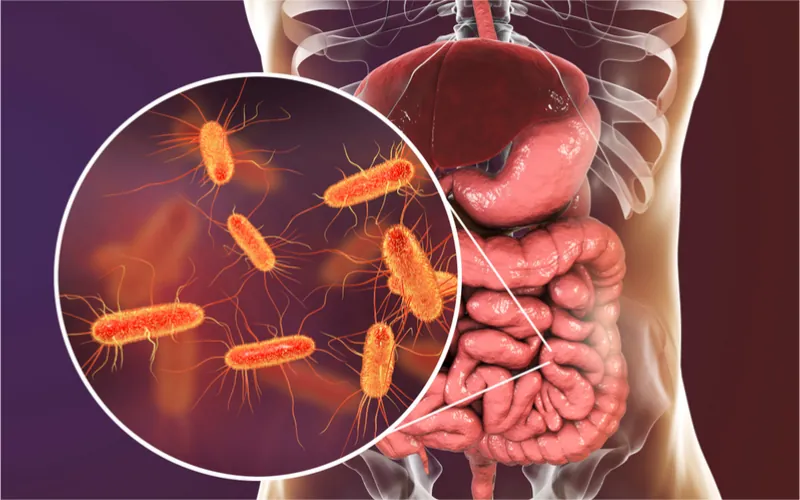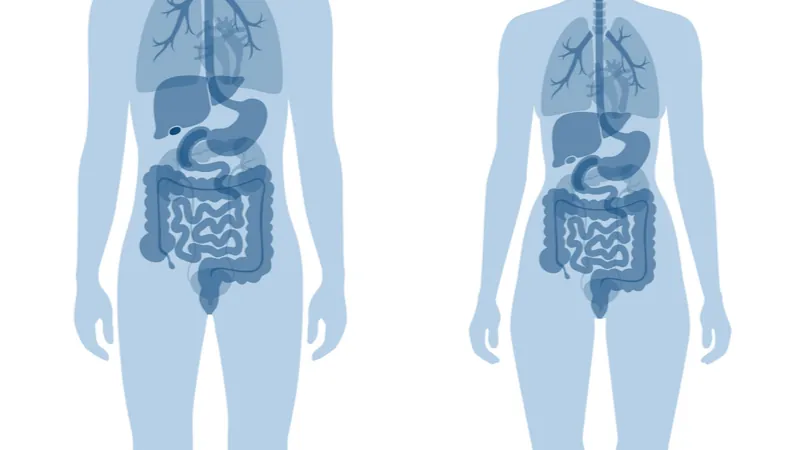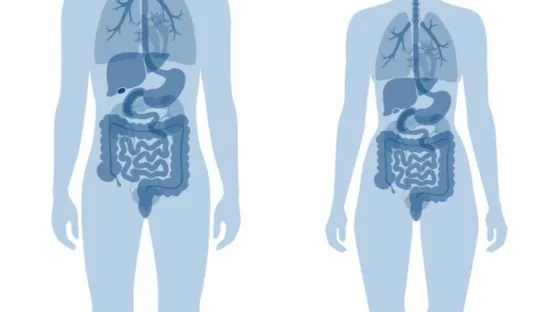While the gut microbiomes of young men and women are distinct, that difference disappears in older people, according to a new study. These findings add to the growing pool of data that links the gut microbiome and aging, although the nature of the links and the mechanisms behind them remain questions for future research.

Read More
The gut microbiome has been linked with many aspects of our biology, from immune response regulation to involvement in disorders such as diabetes. Studies in a variety of animals have reported sex-linked differences in the gut microbiome, but the findings have been somewhat inconsistent, perhaps because of the influence of other factors, such as diet and environment. These inconsistencies led a team of researchers at Chinese institutes to investigate how the gut microbiomes of a population in Beijing varied with sex, sex hormones, age, and a range of metabolic and clinical metrics.
The researchers sequenced the microbiomes of 2,338 adults aged 26-76 in Beijing and correlated this data with 88 parameters measured through lab tests and questionnaires. They found that it was possible to distinguish the gut microbiomes of men and women aged 26-50, but in individuals older than 50, this difference disappeared. The researchers were able to validate these findings in an independent cohort from China and another from the Netherlands, but not in an Israeli cohort.
The age-related changes in the microbiome didn’t correlate with sex, diet, or the lifestyle or metabolic parameters measured in the study. In other words, it seems that the microbiome probably changes as a result of age-related physiological changes rather than alterations of diet or lifestyle. Characterizing these changes and understanding how they work could offer insights into what happens during aging or at least tools to probe this particular aspect further.
The team tried to use their findings to establish a “microbiome clock” – an estimator of age based on microbiome data – but they found that it performed well in some cohorts but poorly in others.
AbstractUnlike Horvath’s methylation clock that accurately reflects the rate of host intrinsic aging at the molecular level, the gut microbiota-based age-prediction models based on a combined set of age-associated microbial features at both the individual and population levels seem to be less universally applicable.
Lifelong sex- and age-related trajectories of the human gut microbiota remain largely unexplored. Using metagenomics, we derived the gut microbial composition of 2,338 adults (26–76 years) from a Han Chinese population-based cohort where metabolic health, hormone levels and aspects of their lifestyles were also recorded. In this cohort, and in three independent cohorts distributed across China, Israel and the Netherlands, we observed sex differences in the gut microbial composition and a shared age-related decrease in sex-dependent differences in gut microbiota. Compared to men, the gut microbiota of premenopausal women exhibited higher microbial diversity and higher abundances of multiple species known to have beneficial effects on host metabolism. We also found consistent sex-independent, age-related gut microbial characteristics across all populations, with the presence of members of the oral microbiota being the strongest indicator of older chronological age. Our findings highlight the existence of sex- and age-related trajectories in the human gut microbiota that are shared between populations of different ethnicities and emphasize the pivotal links between sex hormones, gut microbiota and host metabolism.
Conclusion
This isn’t the first study to investigate the link between the gut microbiome and aging, and it almost certainly won’t be the last. This study represents an extensive analysis of a well-defined cohort, together with validation in other cohorts, resulting in a wealth of data about the trajectory of the gut microbiome. The paper also digs into the effect of sex hormones: testosterone is associated with microbiome diversity, while estrogen isn’t linked, but this doesn’t seem to be connected with the difference between sexes. It’s not clear if or how changes in sex hormones are linked with the disappearance of distinct sex-based microbiomes with age. The complex interplay between sex hormones, age-related physiology, the gut microbiome, and other aspects of aging will doubtless provide fodder for years of research.
Literature
[1] Zhang X, Zhong H, Li Y, Shi Z, Ren H, Zhang Z, Zhou X, Tang S, Han X, Lin Y, Yang F, Wang D, Fang C, Fu Z, Wang L, Zhu S, Hou Y, Xu X, Yang H, Wang J, Kristiansen K, Li J, and Ji L. Sex- and age-related trajectories of the adult human gut microbiota shared across populations of different ethnicities. Nature Aging (2021), doi: 10.1038/s43587-020-00014-2
[2] Özkurt E and Hildebrand F. Lifelong sex-dependent trajectories of the human gut microbiota. Nature Aging (2021), doi: 10.1038/s43587-020-00019-x



